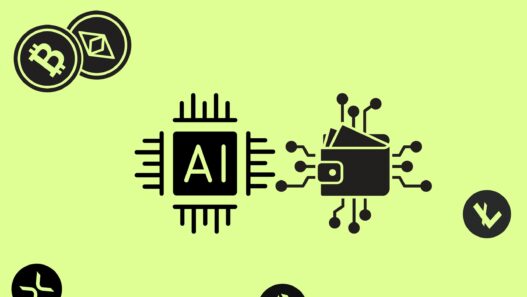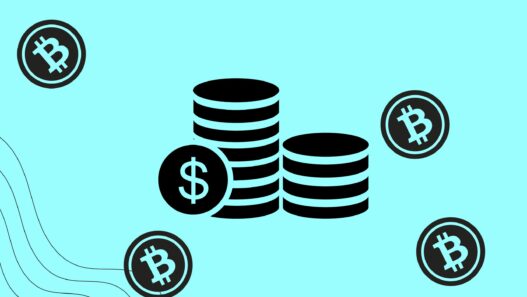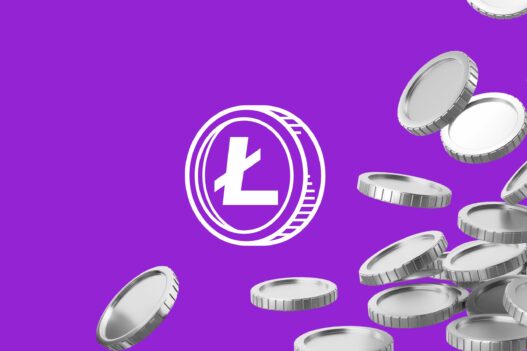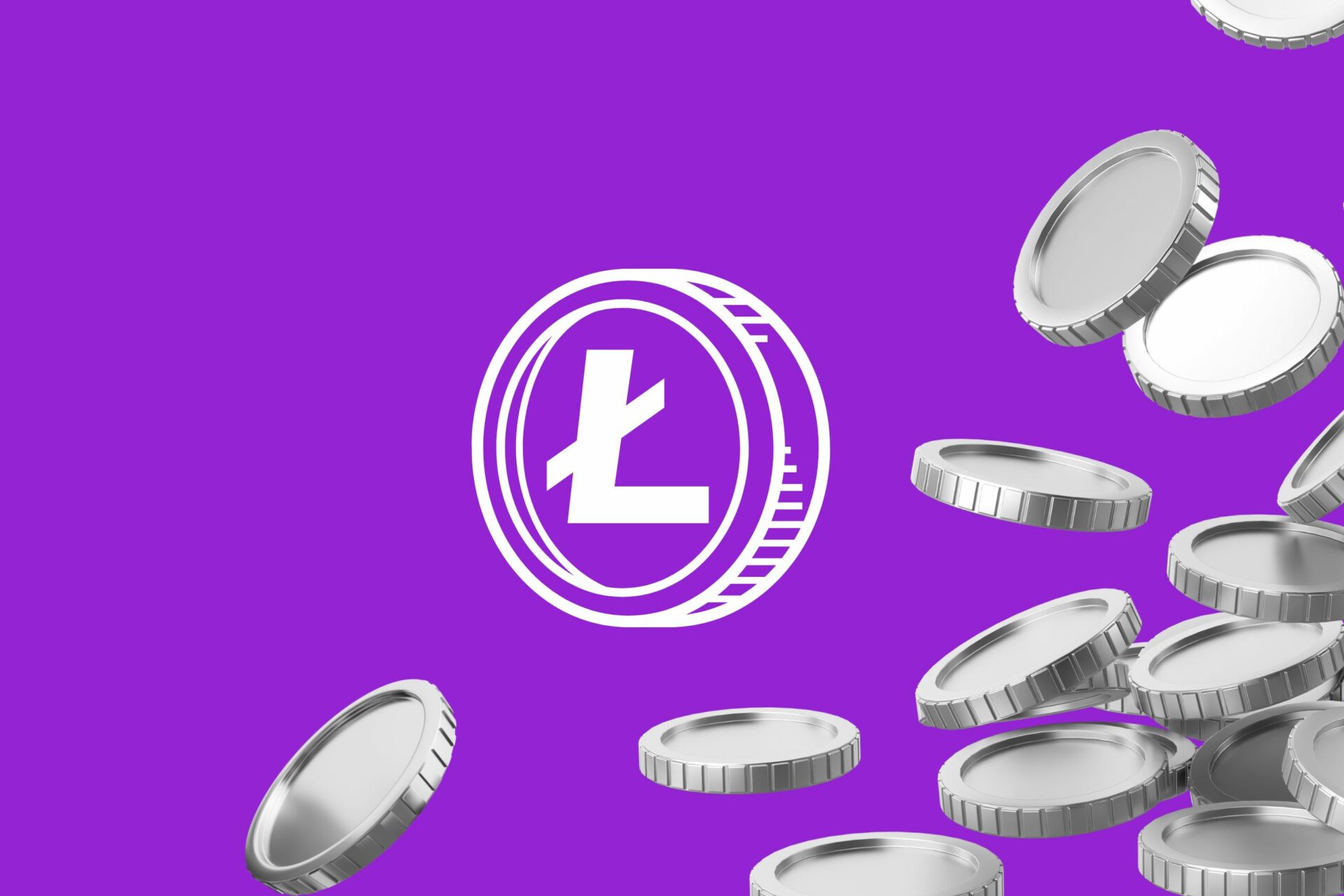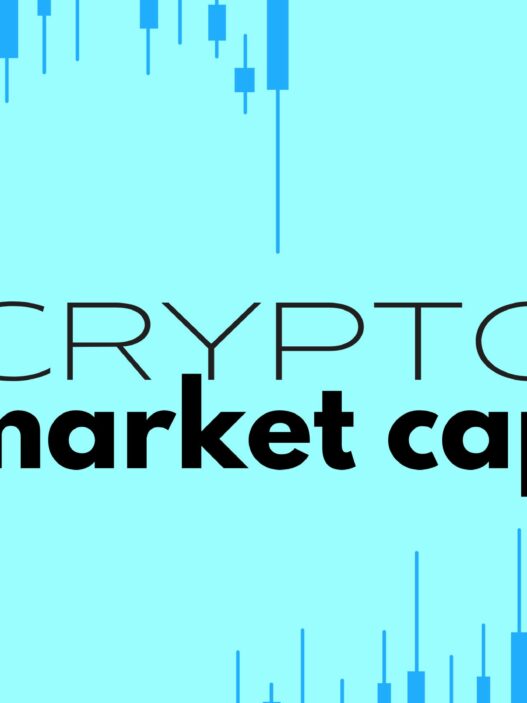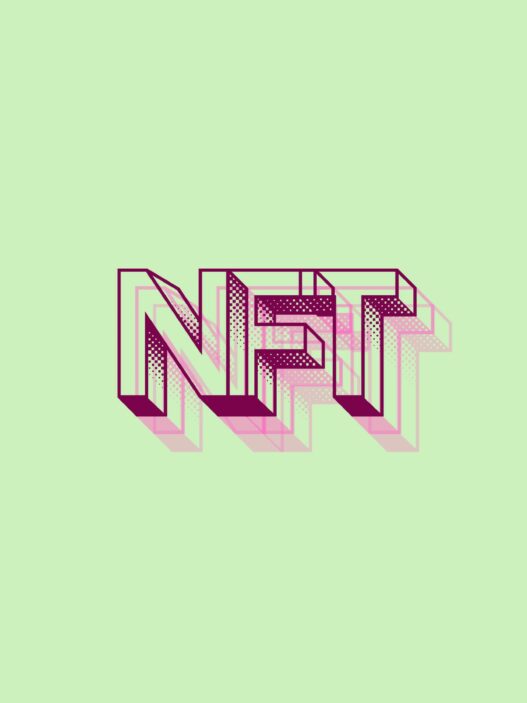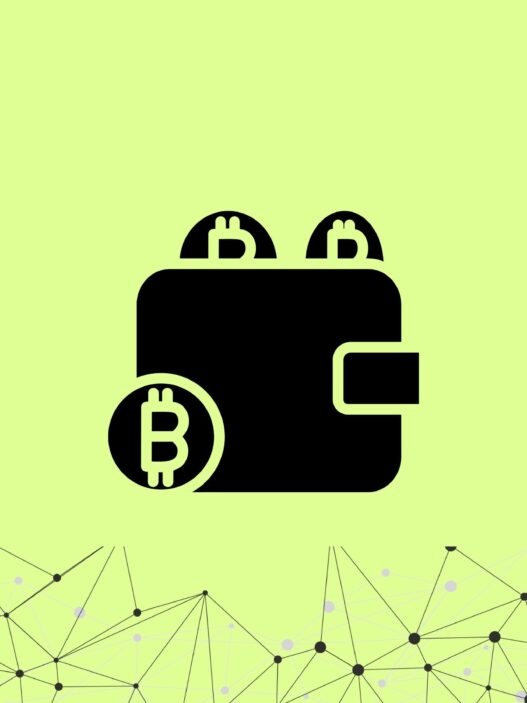Silver to Bitcoin’s Gold
Since the advent of Bitcoin in 2009, the cryptocurrency landscape has expanded dramatically, giving rise to thousands of alternative digital currencies, or “altcoins.” Among these, Litecoin (LTC) stands out as one of the earliest and most enduring projects. Launched in 2011 by Charlie Lee, a former Google engineer, Litecoin was designed as a decentralized peer-to-peer cryptocurrency with a mission to complement Bitcoin rather than compete with it. Often dubbed the “silver to Bitcoin’s gold,” Litecoin offers faster transaction times, lower fees, and a larger supply, making it a practical option for everyday use.
What is Litecoin?
Litecoin is a decentralized cryptocurrency that enables fast, secure, and low-cost peer-to-peer transactions without the need for intermediaries like banks or governments. It operates on a blockchain, a distributed ledger technology that records all transactions across a network of computers in a transparent and immutable manner. Created as a fork of Bitcoin’s codebase, Litecoin shares many similarities with its predecessor but introduces key differences aimed at improving accessibility and efficiency.
The Genesis of Litecoin
Litecoin was conceived by Charlie Lee, who sought to address some of Bitcoin’s limitations, such as slow transaction speeds and high energy requirements for mining. Launched on October 13, 2011, Litecoin emerged during a time when Bitcoin was gaining traction but faced scalability challenges. Lee envisioned Litecoin as a “lite” version of Bitcoin—faster, cheaper, and more suited for everyday transactions. This vision is encapsulated in the popular analogy of Litecoin as silver to Bitcoin’s gold, where Bitcoin serves as a store of value, and Litecoin functions as a medium of exchange.
Core Characteristics
Litecoin distinguishes itself from Bitcoin through several defining features:
- Block Time: Litecoin generates a new block every 2.5 minutes, compared to Bitcoin’s 10 minutes, enabling faster transaction confirmations.
- Maximum Supply: Litecoin has a cap of 84 million coins, four times Bitcoin’s 21 million, ensuring greater availability for transactions.
- Mining Algorithm: Unlike Bitcoin’s SHA-256, Litecoin uses the Scrypt algorithm, which was initially designed to be more memory-intensive and less reliant on specialized hardware.
- Transaction Fees: Litecoin’s fees are typically lower than Bitcoin’s, averaging around 0.06% per transaction compared to Bitcoin’s 3.92% (as of 2024 data).
These attributes make Litecoin an attractive option for users seeking a cryptocurrency optimized for speed and affordability.
The Historical Journey of Litecoin
Early Days and Adoption
Litecoin’s launch in 2011 marked the beginning of its journey as a viable altcoin. Built on Bitcoin’s open-source code, it quickly gained attention within the cryptocurrency community for its practical improvements. By 2013, Litecoin’s market capitalization surpassed $1 billion, reflecting growing interest and adoption. Its early success was driven by its accessibility to miners and its appeal as a transactional currency.
Key Milestones
Litecoin’s history is punctuated by significant developments that have shaped its evolution:
- 2017 – Segregated Witness (SegWit): Litecoin became one of the first major cryptocurrencies to implement SegWit, a protocol upgrade that enhances transaction efficiency by separating signature data from transaction data. This move not only improved Litecoin’s scalability but also set a precedent for Bitcoin’s later adoption of the same technology.
- 2018 – Lightning Network: Litecoin integrated the Lightning Network, an off-chain scaling solution that enables instant, low-cost transactions. This further solidified its role as a testing ground for Bitcoin-compatible innovations.
- 2022 – MWEB Upgrade: The MimbleWimble extension block (MWEB) introduced optional privacy features, allowing users to obscure transaction amounts and wallet balances, enhancing Litecoin’s versatility.
These milestones underscore Litecoin’s commitment to innovation and its influence on the broader cryptocurrency ecosystem.
Charlie Lee’s Influence
Charlie Lee remains a central figure in Litecoin’s story. After founding the project, he continued to advocate for its development, even after stepping away from day-to-day involvement. In 2017, Lee sold most of his Litecoin holdings to avoid a perceived conflict of interest, a decision that sparked debate but did not derail his commitment to the project. Today, he engages with the community through social media and public appearances, fostering trust and transparency.
How Litecoin Works
Blockchain Fundamentals
At its core, Litecoin operates on a blockchain—a decentralized ledger maintained by a network of nodes (computers). Each block contains a set of transactions, and once validated, it is added to the chain, making the recorded data permanent and verifiable. This structure ensures security and transparency, hallmarks of cryptocurrency technology.
Proof-of-Work and the Scrypt Algorithm
Litecoin employs a proof-of-work (PoW) consensus mechanism, similar to Bitcoin, to secure its network and validate transactions. In PoW, miners use computational power to solve complex mathematical problems, or hashes, to create new blocks. The first miner to solve the hash is rewarded with newly minted Litecoins, incentivizing participation and securing the blockchain.
What sets Litecoin apart is its use of the Scrypt hashing algorithm. Unlike Bitcoin’s SHA-256, which relies heavily on processing power, Scrypt requires significant memory usage. This design choice aimed to democratize mining by making it feasible on standard computers, reducing the dominance of specialized hardware like ASICs (Application-Specific Integrated Circuits). However, as cryptocurrency mining evolved, Scrypt-compatible ASICs emerged, shifting some mining power to larger operations. Despite this, Litecoin’s mining ecosystem remains relatively diverse compared to Bitcoin’s.
Block Generation and Transaction Speed
Litecoin’s blockchain generates a new block every 2.5 minutes, a quarter of Bitcoin’s 10-minute interval. This faster block time translates to quicker transaction confirmations—typically within minutes—making Litecoin ideal for time-sensitive applications. For instance, a merchant accepting Litecoin can confirm a payment faster than with Bitcoin, enhancing its practicality for real-world use.
The trade-off is that faster block times can increase the likelihood of “orphaned blocks” (blocks that are not added to the main chain), potentially affecting network efficiency. However, Litecoin’s developers have mitigated this through optimizations, ensuring the network remains robust.
Supply Dynamics and Halving Events
Litecoin’s total supply is capped at 84 million coins, a deliberate choice to balance availability with scarcity. New coins are introduced through mining rewards, which halve approximately every four years in an event known as a “halving.” These halvings reduce the rate of new coin issuance, controlling inflation and mimicking Bitcoin’s economic model. The most recent halving occurred in August 2023, reducing the block reward from 12.5 LTC to 6.25 LTC. The next is projected for 2027, further slowing the supply growth.
Transaction Fees and Network Efficiency
Litecoin’s low transaction fees—averaging 0.06%—stem from its faster block times and larger supply, which reduce network congestion compared to Bitcoin. This efficiency is a key advantage for users making frequent or small-value transactions, such as tipping online or purchasing goods.
Privacy Enhancements: MWEB
In 2022, Litecoin introduced the MWEB upgrade, integrating the MimbleWimble protocol as an optional feature. MimbleWimble enhances privacy by allowing users to hide transaction amounts and wallet balances from public view, addressing a common critique of transparent blockchains. Users can opt into MWEB for private transactions while retaining the standard public ledger for transparency when desired. This flexibility broadens Litecoin’s appeal without altering its foundational principles.
How Litecoin Can Be Used
Litecoin’s design prioritizes practicality, making it versatile for a range of applications. Below are its primary use cases:
1. Everyday Transactions
Litecoin excels as a digital currency for peer-to-peer payments. Its fast confirmation times and low fees make it ideal for small purchases, such as:
- Online Shopping: Retailers like Newegg, an electronics giant, accept Litecoin via payment processors like BitPay.
- Services: Streaming platforms like SlingTV and hosting providers like Hostinger support Litecoin payments.
- Donations: Organizations such as the American Red Cross accept Litecoin, leveraging its efficiency for charitable contributions.
Payment platforms like CryptoPay and CoinGate further expand Litecoin’s reach, enabling users to spend LTC at thousands of merchants worldwide.
2. Cross-Border Payments and Remittances
Litecoin’s decentralized nature makes it a powerful tool for international money transfers. Traditional banking systems often impose high fees and delays on cross-border payments, particularly for remittances. With Litecoin, users can send funds globally in minutes, bypassing intermediaries. This is especially valuable in regions with limited banking infrastructure, where Litecoin offers a cost-effective alternative for families receiving support from abroad.
For example, a worker in the United States could send Litecoin to relatives in Southeast Asia, where it could be converted to local currency via exchanges or spent directly at accepting merchants—all at a fraction of the cost of a wire transfer.
3. Store of Value and Investment
While Litecoin’s primary goal is transactional utility, it has also emerged as a store of value and investment asset. Its fixed supply and established network appeal to investors seeking diversification beyond Bitcoin. Litecoin’s price history reflects this potential:
- 2017 Bull Run: Litecoin surged from $4 to over $300 amid a broader cryptocurrency boom.
- 2021 Peak: It reached an all-time high of approximately $412, driven by market enthusiasm and adoption.
Though volatile, Litecoin’s longevity and active development make it a contender for long-term holding, especially during bullish market cycles.
4. Testing Ground for Blockchain Innovations
Litecoin’s close relationship with Bitcoin has positioned it as a testing ground for new technologies. Its adoption of SegWit and the Lightning Network before Bitcoin demonstrated its utility as a proving ground for scalability solutions. These upgrades enhance transaction throughput and reduce costs, benefiting both Litecoin and the wider ecosystem.
5. Privacy-Enhanced Transactions
The MWEB upgrade enables privacy-focused use cases. Users can conduct confidential transactions, such as personal payments or business dealings, without exposing financial details on the public blockchain. This optional feature caters to privacy-conscious individuals while maintaining Litecoin’s transparency for other applications.
6. Integration with Financial Platforms
Litecoin’s adoption extends to mainstream financial services. In 2020, PayPal added Litecoin to its Crypto feature, allowing users to buy, hold, and sell LTC alongside Bitcoin, Ethereum, and Bitcoin Cash. While PayPal’s version is a derivative (not withdrawable or spendable directly), it reflects Litecoin’s growing recognition. Similarly, platforms like eToro and Coinbase support Litecoin trading, making it accessible to retail investors.
Litecoin vs. Bitcoin: A Comparative Analysis
To fully appreciate Litecoin, it’s useful to compare it with Bitcoin:
| Feature | Litecoin (LTC) | Bitcoin (BTC) |
| Block Time | 2.5 minutes | 10 minutes |
| Maximum Supply | 84 million | 21 million |
| Hashing Algorithm | Scrypt | SHA-256 |
| Average Fee (2024) | 0.06% | 3.92% |
| Privacy Features | Optional (MWEB) | None natively |
| Market Cap Rank | Top 20 | #1 |
The focus of Litecoin is on speed and cost-efficiency, while Bitcoin’s emphasis is on security and scarcity. We can clearly see that they play complementary rather then adversary roles.
Challenges Facing Litecoin
Despite its strengths, Litecoin faces several hurdles:
1. Competition from Newer Cryptocurrencies
Simplicity is both strength and weakness for Litecoin. Newer blockchains like Ethereum, Solana, and Cardano offer advanced features such as smart contracts and decentralized finance (DeFi), which Litecoin lacks. This limits its appeal in a market increasingly dominated by multifunctional platforms.
2. Mining Centralization
The rise of Scrypt ASICs has concentrated mining power among large pools, undermining the original goal of accessibility. While Litecoin has not suffered a 51% attack (where a single entity controls over half the network’s mining power), this centralization poses a theoretical risk to security.
3. Market Position Erosion
Once the second-largest cryptocurrency by market cap, Litecoin has slipped to the top 20 as of 2024, overtaken by projects with greater utility or hype. Its challenge is to maintain relevance amid fierce competition.
4. Limited DeFi Integration
Without native smart contract support, Litecoin is excluded from the booming DeFi sector, which leverages programmable blockchains for lending, staking, and more. Bridging this gap could unlock new opportunities but requires significant development.
The Litecoin Ecosystem
The Litecoin Foundation
The Litecoin Foundation, a non-profit established in 2017, plays a pivotal role in supporting the project. It funds development, promotes adoption, and educates the public about Litecoin’s benefits. Based in Singapore, the Foundation collaborates with developers and businesses to advance the ecosystem.
Community and Development
This coin boasts a dedicated community of developers and enthusiasts. Ongoing efforts focus on scalability, privacy, and interoperability. The MWEB upgrade is a recent example, with future updates potentially exploring DeFi compatibility or enhanced user tools.
The Future of Litecoin
Litecoin’s longevity—over 13 years as of 2024—demonstrates its resilience, but its future hinges on adaptation. Potential growth areas include:
- Expanded Merchant Adoption: Partnerships with payment processors could increase Litecoin’s use in retail.
- DeFi Exploration: Integrating with DeFi protocols via sidechains or layer-2 solutions could broaden its utility.
- Privacy Enhancements: Further refining MWEB could attract privacy-focused users.
Analysts remain cautiously optimistic. Both Litecoin’s stability as a strength and its role as a transactional currency, will play crucial role for it to stay in the power game.
Litecoin remains a cornerstone of the cryptocurrency world, offering a fast, affordable, and reliable alternative to Bitcoin. Its Scrypt algorithm, rapid block times, and practical use cases—from everyday payments to cross-border transfers—underscore its value. While challenges like competition and mining centralization persist, Litecoin’s active development, led by Charlie Lee and the Litecoin Foundation, ensures its relevance.
Whether you’re buying a coffee, investing for the future, or exploring blockchain technology, Litecoin provides a versatile and accessible option. As it continues to evolve, Litecoin is poised to maintain its status as the “silver” of cryptocurrencies, complementing Bitcoin and enriching the digital economy.



